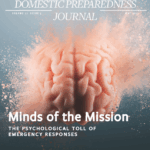
Archives

Part 1 of a two-part series explores the nation-state threat and its implications for the emergency management community, regarding the operations, resilience, resourcing, strategies, and policies necessary to better prepare for future events.
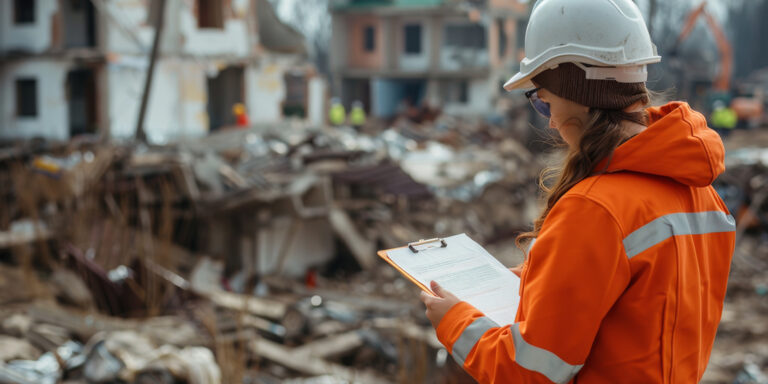
The Ethics of Data in Disaster Management and Crisis Operations
October 23, 2024
As the demand for evidence-based decision-making continues to grow, emergency management professionals must commit to ethical data practices that respect the needs of the community and the rights of individuals. In times of crisis, data can save lives, but only if managed with care, responsibility, and respect for ethical principles.

Advisory Board Spotlight: Interview with Ray Barishansky, DrPH
October 23, 2024
Ray Barishansky, DrPH, is on the advisory board for the Domestic Preparedness Journal and has a passion for public health and emergency management. He sat down with the Journal’s Nicolette Casey to share his story. Learn about Dr. Barishansky’s journey from an EMT to a Doctor of Public Health.

Backyard Cybersecurity: The Local Challenge
October 16, 2024
The modern world increasingly relies on rapidly advancing digital technology, and cybercriminals progressively focus on ways to exploit technology’s vulnerabilities. Although higher levels of government and businesses may possess the tools necessary to protect against cyberattacks, local governments often do not.

Responder Fatigue: A Growing Concern
September 18, 2024
Emergencies require immediate action by people trained to extinguish fires, treat injuries, protect the public, and perform other life and safety tasks. Responders who repeatedly encounter high-stress scenarios may face additional life and safety concerns in the form of fatigue. Learn about three types of fatigue and how to combat

Crisis Communications: Reaching Teens and Young Adults
September 18, 2024
Generation Z and millennials encompass almost half of the world’s population, and their communication style, preferences, and ideals differ from those of their older counterparts. Crisis communication plans must account for these differences to reach that demographic. Navigating these variations helps ensure that alerting organizations’ efforts are well-received and effective.
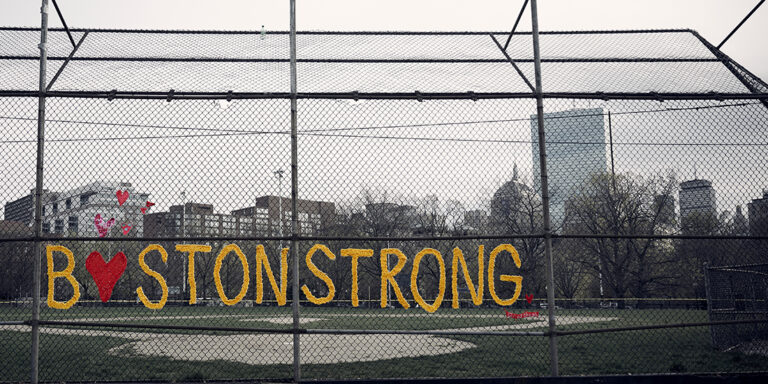
Mitigating Disasters Through Collective Resilience
July 24, 2024
Existing social bonds can help communities better adapt to, respond to, and collectively cope with crises. Although the collective resilience concept is not a typical emergency preparedness strategy or organizational structure, it could help lessen the effects after an emergency. With creative thinking and research, executive leadership can develop realistic
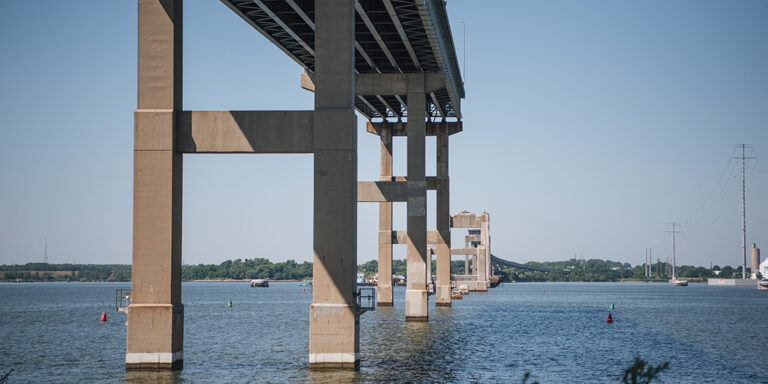
The Key Bridge Collapse – Through the Lens of Community Lifelines
July 17, 2024
The eight major elements of Community Lifelines use traffic-light-type color-coding to categorize the adverse impact status of a disaster. The article’s author has applied this same system to the recovery efforts following the Key Bridge collapse in Baltimore, Maryland. Learn how he applied this information-gathering tool to an ongoing recovery
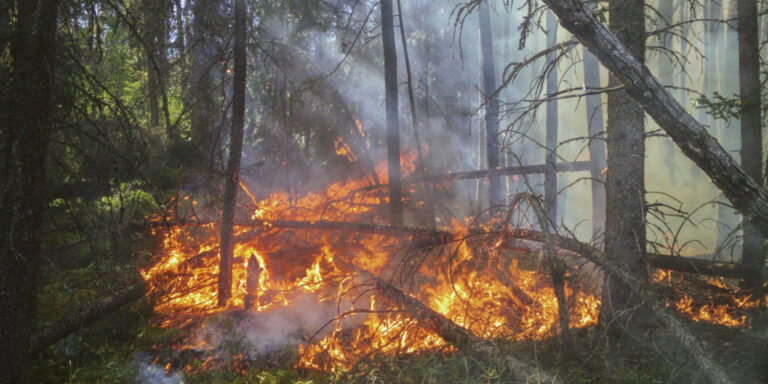
Mitigate the Impacts When Communities and Nature Collide
May 29, 2024
Emergency preparedness professionals plan for and try to mitigate natural hazard events, but nature is unpredictable. In this May edition of the Domestic Preparedness Journal, experts discuss past hazards and steps communities can take to mitigate their effects.
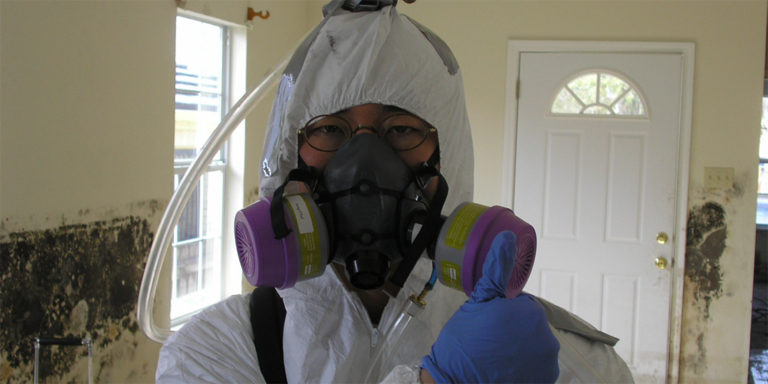
Shielding Communities: Public Health Strategies for Natural Hazards
May 15, 2024
Public health risks are common concerns when natural hazards occur. However, history shows that the increasing frequency of events and growing population sizes have been increasing the scale of events and the needs of affected populations. To mitigate complex public health challenges, personnel across disciplines must plan, coordinate, and develop


